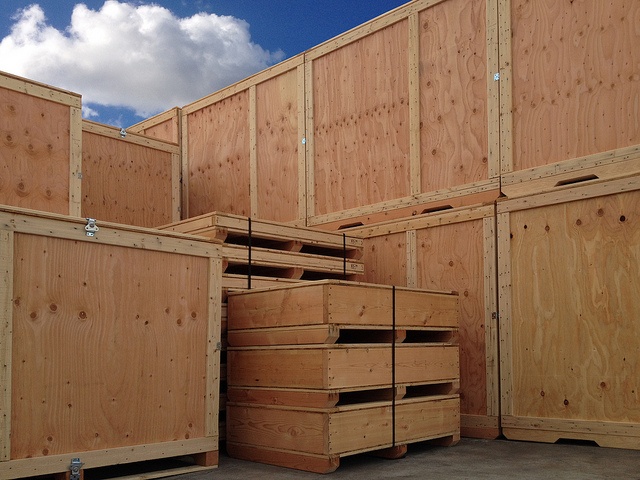On August 22, 2012, the Securities and Exchange Commission (SEC) approved a final rule on so-called conflict minerals. The rule implements disclosure requirements mandated by Section 1502 of the Dodd-Frank Wall Street Reform and Consumer Protection Act signed in 2010. Certain publicly traded companies and their suppliers must now disclose whether they use conflict minerals in their products and what efforts they have undertaken to ensure their use of the minerals does not contribute to human atrocities in the Democratic Republic of Congo (DRC) and adjoining countries.
“Conflict minerals” are defined as minerals mined in conditions of armed conflict and human rights abuses, notably in the eastern provinces of the Democratic Republic of the Congo, by the Congolese National Army, and various armed rebel groups, including the Democratic Forces for the Liberation of Rwanda (FDLR) and the National Congress for the Defense of the People (CNDP), a proxy Rwandan militia group. The looting of the Congo's natural resources is not limited to domestic actors; during the Congo Wars, Rwanda, Uganda and Burundi particularly profited from the Congo's resources. These governments have continued to smuggle resources out of the Congo to this day. The profits from the sale of these minerals finance continued fighting in the Second Congo War, and control of lucrative mines becomes a focus of the fighting as well.[1] The most commonly mined minerals are cassiterite, wolframite, coltan, and gold, which are extracted from the Eastern Congo.
For more information, please see the following:
- SEC website: http://www.sec.gov/news/press/2010/2010-245.htm
- Electronics Industry Citizen Coalition (EICC): http://www.eicc.info
- Global e-Sustainability Initiative (GeSI): http://www.gesi.org
Our company found sourcing conflict free minerals and asking vendors for proof of conflict free minerals was a relatively painless process. We're happy to comply with this new regulation in the attempt to avoid unknowingly supporting minerals mined in conditions of armed conflict and human rights abuses.




